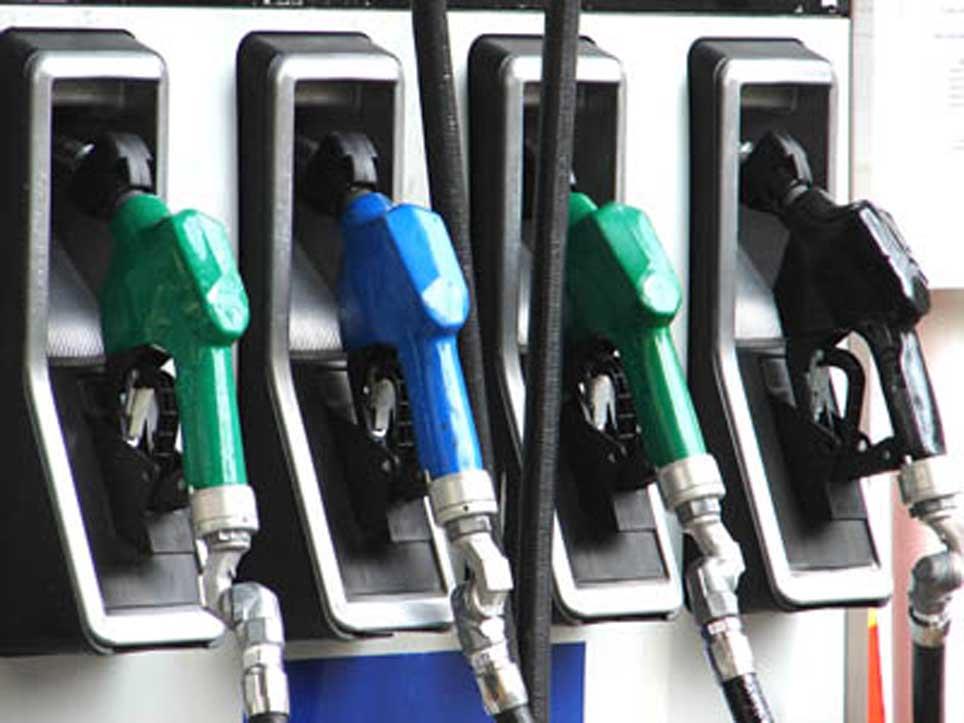The Malta Environment and Planning Authority will not be allowing the building of new cemeteries, while allowing the existing ones to be expanded or upgraded.
The new Policy and Design Guidance document for cemeteries prohibits the construction of new cemeteries. The policy though allows extensions to or additional graves within existing cemeteries subject to the submission of a cemetery management plan. The management plan, among other requirements, will need to include a survey of the age, distribution and listed status of graves; an appraisal of structures and facilities within the cemetery; a survey of natural habitats, biodiversity, and landscaping; a survey of potentially important archaeological remains; a maintenance programme and scope for the provision of new forms of funerary techniques. Cremation was specifically mentioned as a new form of funerary technique, as was burials at sea.
This was announced this morning in a press conference on new policies regarding cemeteries and fuel service stations.

"Where an existing cemetery is located at a distance from other developments which is less than that required by law, then the perimeter of the cemetery cannot be extended. In exceptional circumstances, an extension to the perimeter of the cemetery may be permissible, provided that the extension shall not entail an increase in the number of graves but is only for the upgrading of the facilities of the existing cemetery".
Aside from this, the new policy encourages the re-use of disused cemeteries.
As to whether a development proposal is acceptable, a number of studies will be needed to determine the construction as well as operational impact on hydrological and geological surroundings. As for the size and location of development proposals, environmental impact assessments may be required.
The policy makes it a requisite that where geological conditions are favourable four-tier graves are constructed. As for older cemeteries without the modern required facilities such as waste management facilities, any upgrade to existing cemeteries will require these facilities.
Asked about Malta’s growing population and whether it is wise to disallow the construction of new cemeteries, Parliamentary Secretary for Planning Michael Falzon believes that this is something “we should try. Let’s try for better use of space. As for cremations, There is a certain elderly woman who calls the Ministry every few weeks asking when it will be implemented”.
Asked as to the number of current cemetery applications, MEPA officials said that one is pending and that they will need to decide whether this will be automatically rejected or not.

Fuel Stations Policy
Turning to the new fuel stations policy, the idea is to limit the size of new fuel station proposals while trying to encourage the relocation of stations built within urban areas.
“The newly approved Fuel Service Stations policy sets out a framework for the location, scale and design of new fuel service stations and their ancillary facilities while also provides specific guidance on the relocation of existing fuel service stations which are currently located in less desirable areas by virtue of urban incompatibility, amenity, traffic safety and where therefore relocation is desirable”.
Preferable locations include Designated Industrial Areas, SME sites, Areas of Containment, Open Storage Areas, sites already occupied by fuel stations or other areas earmarked for development which are not designated as Residential and Residential Priority Areas.
Upgrading of existing Fuel Service Stations will be positively considered as long as the footprint will not exceed the already physically committed area on the site or 3,000 sqm whichever is the larger and the height of the structures shall not exceed that of the already existing structures or 7 metres, whichever is the higher.
For fuel station relocation purposes, in those cases where benefit to the community is deemed to be paramount, other sites may be considered but a list of environmentally sensitive areas, stipulated constraints as well as sites whose boundaries are closer than 15m or more than 500 m from the nearest Development Zone boundary should be avoided in all cases for location purposes.

Restrictions on the placement of fuel stations are also introduced, where they will not be permitted within 300m from a groundwater source, should be located at an appropriate setback from a Distributor or Arterial Road and generally cannot be located closer than 500m from nearest fuel station. The planning permit will also oblige any applicant to decommission the redundant fuel station prior to operating on a new site in the case of a Relocated Fuel Station.
Planning standards have also been improved, requiring safe vehicular access, and circulation within the station. It was said that for purely electric station fuel points (providing only for electric vehicles, certain limitations will be pliable.
Access points to Fuel Stations will not be permitted on or close to a major junction, should have a separate entry and exit point separated by at least 20m with a minimum approach width of 6.0m.
To address the potential abuse from existing fuel stations located in ODZ making requests to partially or fully change the use of a fuel station to a non-fuel related use, the policy makes it clear that such requests will not be considered.
Parliamentary Secretary for Planning Michael Falzon, responding to questions, said that there are fuel stations which cause a hazard to public health, such as those situated next door to hotels, flats, opposite churches etc.